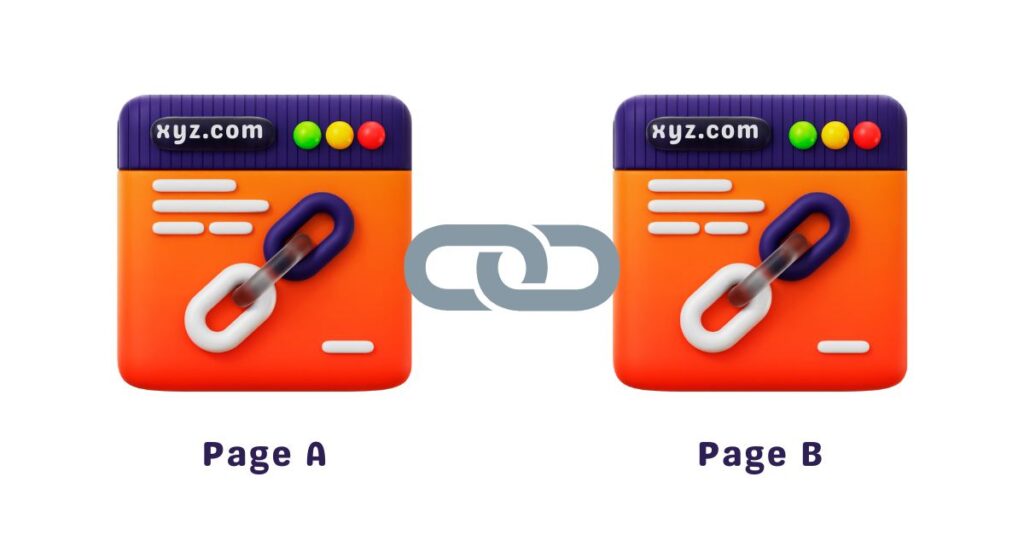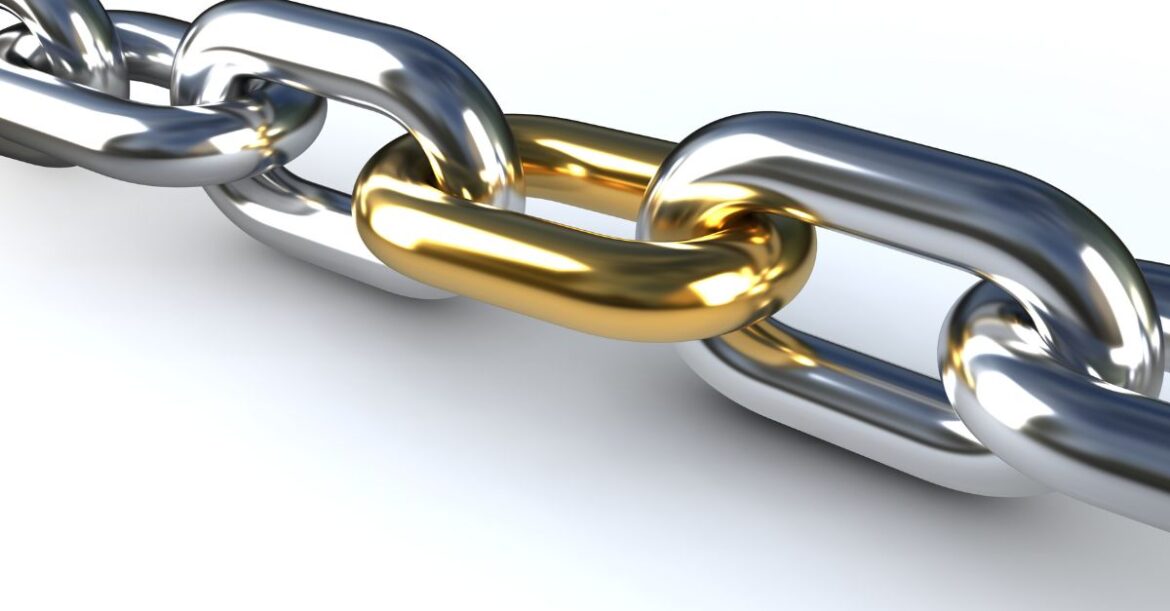In the world of SEO, understanding the distinction between internal vs external links is crucial. These links not only guide users through your website but also signal to search engines about the structure and credibility of your content. Yet, many overlook their strategic importance. Let’s dive into how mastering both can elevate your site’s SEO performance.
What Are Internal Links?
Internal links are hyperlinks that connect one page of your website to another page within the same domain. They serve as the navigational framework of your site, guiding users to related content and helping search engines understand the hierarchy and structure of your website.

Why Are Internal Links Important?
- Better Navigation: They guide users to related content, enhancing user experience.
- Boost SEO: Pages with more internal links signal importance to search engines.
- Efficient Crawling: Search engines discover and index pages easily.
Example: Linking this SEO Glossary to your blog post boosts its visibility and helps users explore related topics.
What Are External Links?
External links, or outbound links, are hyperlinks that point from your website to a different domain. These links can enhance your content’s credibility by referencing authoritative sources.

Why Are External Links Crucial?
- Enhance Credibility: Referencing authoritative sources improves trust.
- Support SEO: Linking to relevant content signals quality.
- Build Relationships: Encourages other sites to link back to you.
External links play a significant role in SEO, especially when used as part of a broader link building strategy that focuses on earning backlinks from reputable sources.
Internal vs External Links: A Comparative Overview
| Aspect | Internal Links | External Links |
|---|---|---|
| Destination | Within the same website | Different websites |
| Control | Full control over content and anchor text | Limited control over external content |
| SEO Impact | Distributes page authority internally | Signals content credibility to search engines |
| User Experience | Enhances site navigation | Provides additional resources and references |
Best Practices for Using Internal and External Links
Internal Linking Tips:
- Use Descriptive Anchor Text: Ensure the linked text clearly indicates the content of the target page.
- Link to Relevant Content: Only link to pages that are contextually related to the current content.
- Maintain a Logical Structure: Organize your internal links to reflect the hierarchy and structure of your website.
External Linking Tips:
- Link to Authoritative Sources: Choose reputable websites to enhance your content’s credibility.
- Use Nofollow Attributes When Necessary: For sponsored or user-generated content, consider using nofollow links to avoid passing link equity.
- Regularly Check for Broken Links: Ensure all external links are active and lead to the intended content.
How Internal and External Links Affect SEO
Both internal and external links play pivotal roles in SEO:
- Internal Links: They help search engines crawl and index your site more effectively, distribute page authority, and improve user engagement.
- External Links: They signal to search engines that your content is connected to authoritative sources, enhancing trust and credibility.
The Role of Anchor Text
Anchor text plays a critical role in SEO. It tells search engines and users what the linked page is about.
- Good Example: “Internal linking strategies for SEO”.
- Bad Example: “Click here”.
Use exact-match keywords naturally. Don’t over-optimize!
Conclusion
Internal links help users navigate a website and improve the indexing and ranking of a website in search results. External links can improve the credibility and authority of a website and provide additional value to users. Internal and external links are pillars of a strong SEO strategy. They enhance user experience, boost rankings, and build authority. Use the tips and tools shared here to maximize their potential.
One common way to earn external links is through guest posting and article submissions. Each offers unique opportunities depending on your outreach goals.

